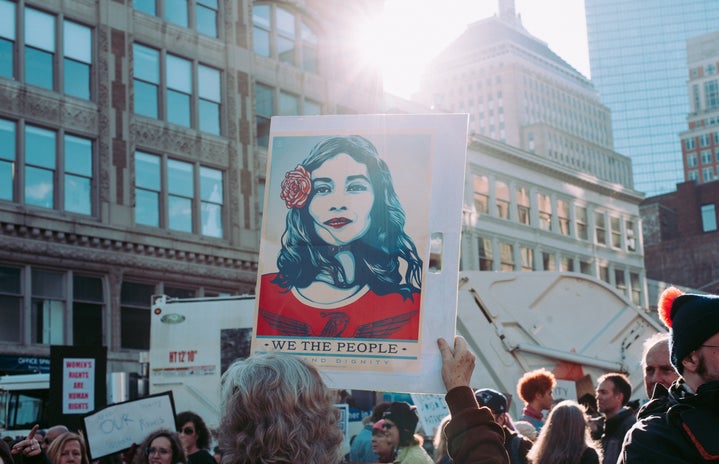Policies are essential for all types of engagements because they allow those involved to know what they will be involved with, and allows for a better structuring and management of the engagements by being sure as to what will be done and how it will be done. Having policies also allows those wanting to get involved to know what the coalitions are doing and what they believe in. Lastly, it shows those who the coalitions are fighting for, or against, what they plan on achieving. Policies can greatly improve a community by lessening things that are bad for those within the community or by implementing programs or laws that have positive impacts, even if it is simply on one group in the community.
In order to build strong coalitions and maintain effective organizational structure, one must have clear goals and rules. Although they are usually started for unselfish reasons, problems and frustrations can still come up as time goes by. There are three types of coalitions, which include grassroots coalitions (in times of crisis), professional coalitions (by professional organizations/agencies), and community coalitions (of professional and grassroots coalitions members who want long-term practices). In order to form a coalition and to maintain it, it must start with a group wanting to make a change, getting members, having strong structures with leadership and staff, having engagement from members and getting resources together, planning and assessing how to make an impact, actually implementing the strategies, seeing the outcomes, and finding new issues to work on, or new impacts to make. By working together, yet having leadership and staff members, coalitions are more likely to make long-term impacts and to decrease confusion and frustration within the groups.
Once a coalition is formed and running, it can serve to exchange knowledge and ideas, show concern for issues, establish credibility since it is a legitimate group, share costs and risks between members, advocate for policy changes, and develop synergy. The importance of being able to make a change in policies around the community and within organizations is that it will allow for better health and situations within employees and participants. Policies require members to reach certain objectives or require for employers and organizations to provide certain things, and by changing policies for the better, those involved would get greater benefits. Another possible effect of coalitions is on the state and local levels, by changing policies to better communities. Some changes that tobacco control coalitions have done include advocating for increased tobacco excise taxes, reduced tobacco product advertising, educating groups to decrease the social acceptability of tobacco, expanding smoke-free locations, and making sure that there is limited availability of tobacco products.
Overall, coalitions allow people to come together as a formal group in order to make a change on the community regarding an issue that they agree on. Although there is a theory as to how to make a coalition work best and how to form one, it is usually simply started by a group within the community seeking to make a change. Coalitions, although usually known for wanting to change policies in the workplace, can be used to help with health issues within the community. In the past, coalitions have greatly helped decrease the use of tobacco by promoting health, advocating for high taxes and less availability, and educating the community, which is what coalitions still do today to help people become healthier through education and health programs.


